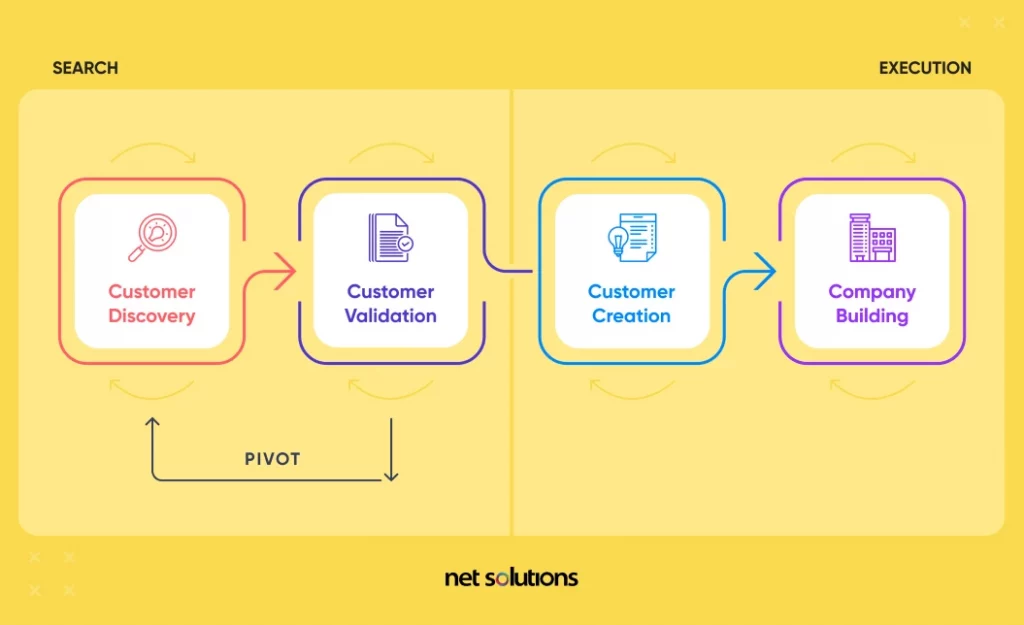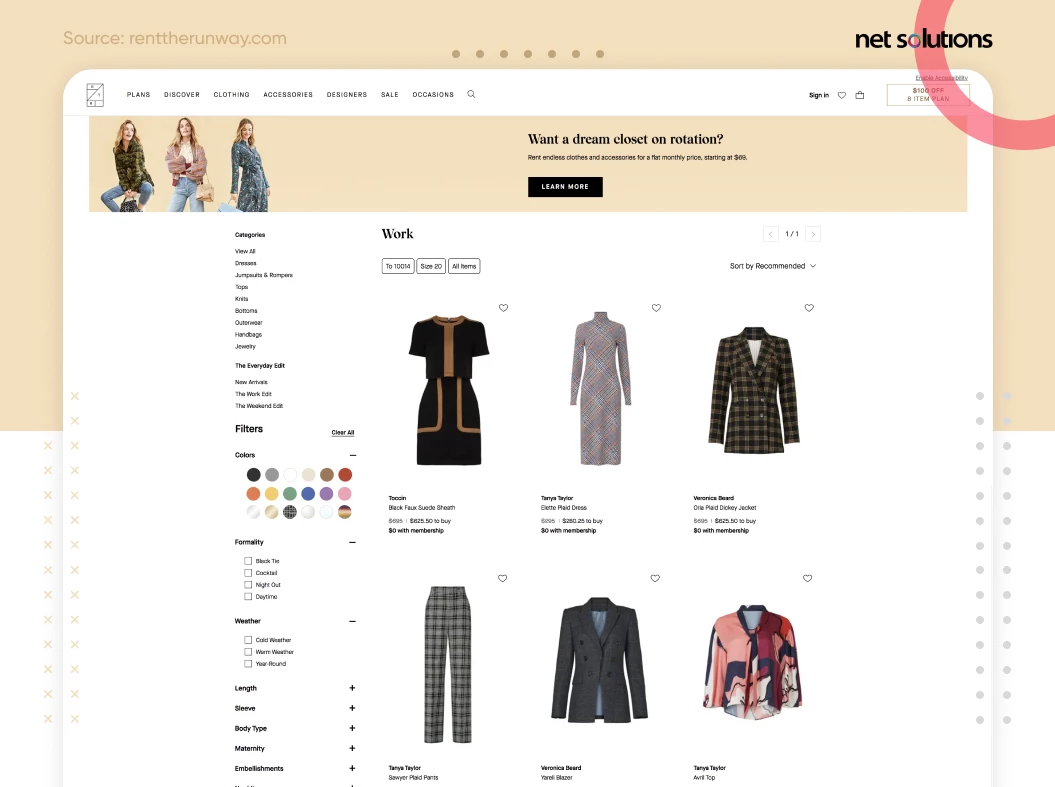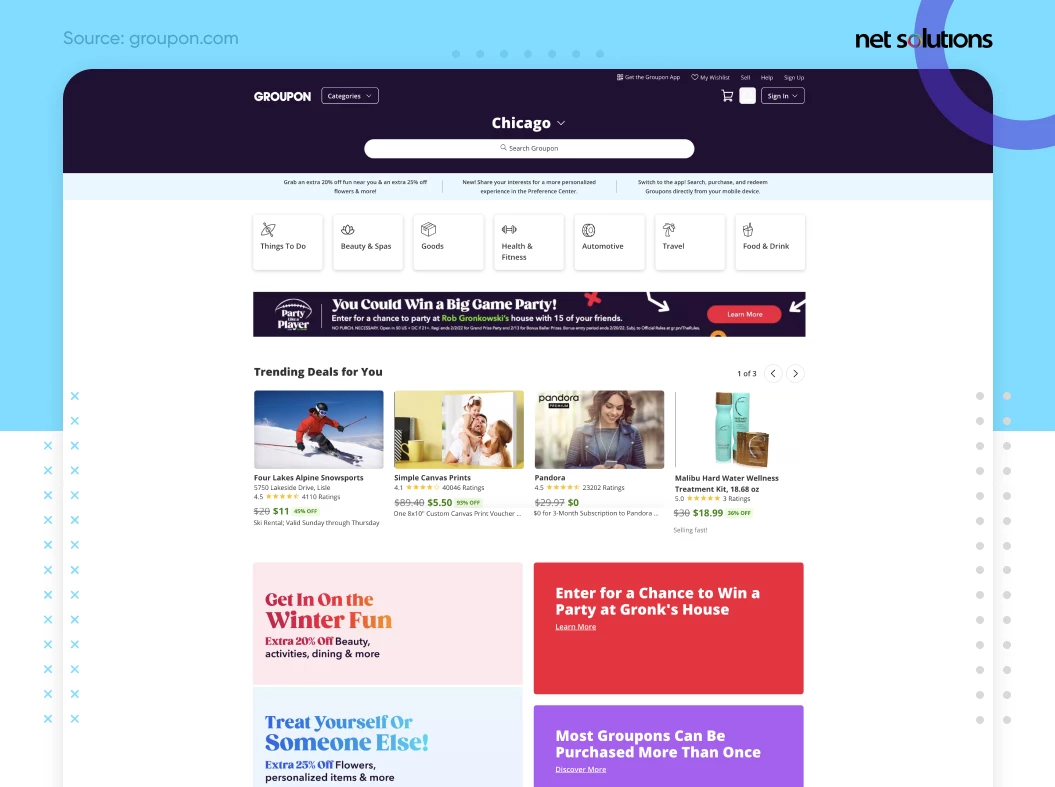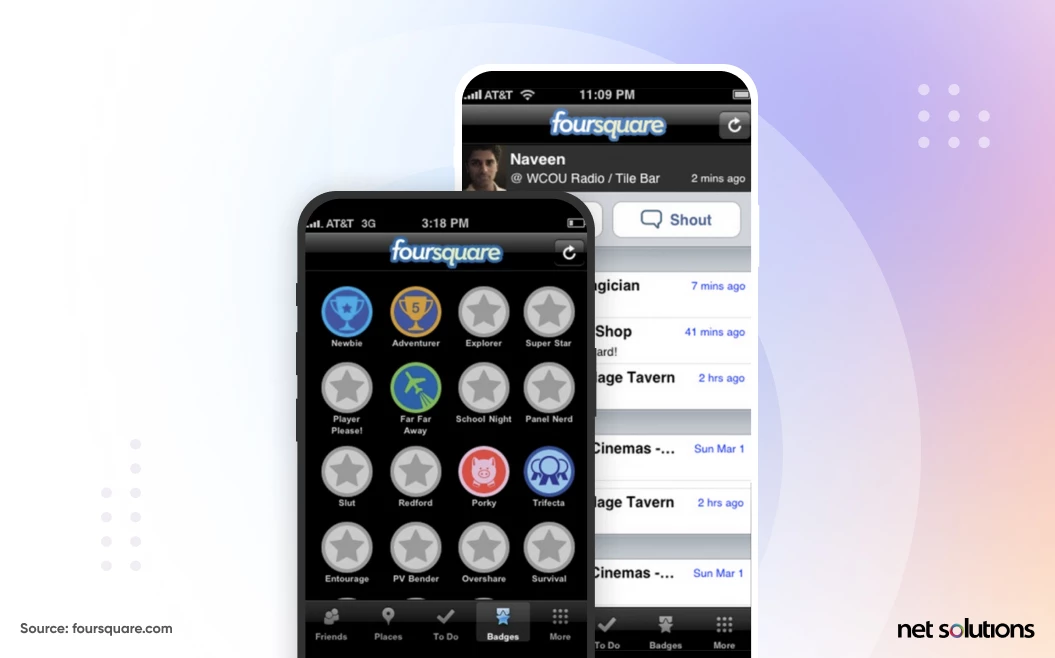MVP testing can help you gauge market interest and potential profits. In this blog, we’ll discuss 10 proven ways to test an MVP and build a product that your target audience would love to use. Keep in mind that MVP testing is not free, it requires time & money, but both are good investments in your MVP.
A minimum viable product (MVP) can help you test the waters before adding bells-and-whistles. The idea is to engage your target audience, capture quick feedback, and improve the product offering.
However, building an MVP is not enough. You must also test your MVP and validate against key premises. It will ensure that your MVP meets the user requirements and the quality standards.
10 Best Ways to Test an MVP
There are many MVP testing methods. We have curated a list of top 10 ways to test an MVP.
- Customer Interviews

Customer interviews are a goldmine of actionable information. They can help you gather insights from your customers about your MVP that otherwise may be impossible to collect. Therefore, there is no better way to test an MVP than ask customers who are going to use it.
With customer interviews, you can know what problems your target audience is facing and whether your product is solving them or not. Besides, they also allow showcasing to customers what value your product can bring.
Another reason why customer interviews are an excellent way for MVP validation is because you can expect honest feedback from them. Customers can lie, sugar-coat, or give fake reviews while expressing opinions online. But there are higher chances that they will provide honest feedback.
To make the most out of customer interviews, gather a database of potential users online and offer them to try your MVP. Then, list all the problems you think your customers might face.
Once done, ask each customer how they would rank each issue and if your MVP solves them. Take note of all the responses. You’ll be surprised at what you will discover.
However, here are a couple of things you should keep in mind:
- Start the interview on a lighter note and then gradually become more descriptive.
- State all the assumed problems to gain honest feedback on them.
- Avoid coming across promotional while talking about MVP. Focus on communicating value instead.
You can also conduct a survey to ask customers if your product solved your target customers’ problems and what they would like to see in the product in the future.
Chances are assumed problems may not be as crucial to the customer. Still, you will have enough valuable information to offer a refined product.
- Explainer Videos
An image is worth a thousand words, but a video is worth a million. That being said, explainer videos can be a great way to showcase and test your MVP with customers.
With explainer videos, you can showcase to customers what your product is about, how it works, and why they need it. In the end, they can decide whether to sign up or not. The number of signups will show how many people are interested in your product.
That’s what Dropbox did with their MVP. They created a 3-minute video showcasing the intended functionality of Dropbox to a large audience.
The video was simple yet covered all essential aspects of Dropbox. It hit the right spot, and the number of signups increased from 5000 to 75000 overnight. That too when the actual product was not even made yet. So, you can imagine how efficient explainer videos are as an MVP validation technique.
While creating explainer videos, make sure they explain the obvious. Dropbox wouldn’t have the same impact if they had just said it is a seamless file-synchronization app. Instead, you should walk customers through a journey before they can decide whether to sign up or not.
- Experimental MVP Testing
Sometimes the best MVP testing approach is to conduct a one-off experiment. Not only does it attract your target audience, but it also offers you a way to gauge the interest about your idea before you make up your mind to pursue it. The best thing about experimental MVP product testing technique is that you can just forget about it if the results are not satisfactory.
Airbnb is an example of a brand that tested its idea by running an experiment. Once, during a conference in San Francisco, all hotels were booked. That’s when Brian Chesky and Joe Gebbia (founders of AirBnB) rented our air mattresses in their apartment to attendees. The experiment was a success as the idea was in demand. Hence, Brian and Joe decided to pursue it on a larger scale, and we all know where AirBnB is today.
- Manual-first MVPs
A manual-first MVP (also called Wizard of Oz) is another efficient MVP testing technique in which we put on the impression of a complete product/service.
When the user orders the product/service, we deliver it manually. The user gets what they desire and believe they’re experiencing the full product, while the real work is manually happening behind the scenes.
The best thing about Manual-first MVPs is that they help you test your MVP on many levels with a little investment. Besides, you can validate various assumptions you might have about your MVP but also see if your product can solve customers’ problems or not.
One example of MVP testing through Manual-first MVP is ZeroCater. Its founder Arram Sabeti started with a giant spreadsheet to track companies and caterers he could connect with.
Zappos started the same way. Its founder Nick Swinmurn put up the photos from local stores on a website to check the demand for online stores.
Nick would come back to the store when anyone ordered shoes online, bought shoes and delivered them. It helped him see if there was a demand for online shoe shopping before investing in infrastructure and inventory. No wonder Zappos was so successful that Amazon acquired it for $1.2 Billion in 2009.
- Concierge MVPs
The concierge MVP testing approach is a lot similar to manual-first MVP. The only difference is that the product/service is genuine, and we offer a highly customized experience to customers. We use this approach to validate assumptions and see whether or not users are willing to pay for your products/services.

Rent the Runway, an online dress rental business, is an example of a brand testing its MVP using the concierge MVP approach. They offered an in-person service to college students to try a dress before buying it. It helped them spread the word about their brand and tested the hypothesis that women would rent dresses.
The concierge MVP approach helps you answer the most critical question without investing many resources: Am I building a product that my customers buy?
- Piecemeal MVPs
Piecemeal MVPs – a blend of Wizard of Oz and Concierge techniques – means building a demo of your product with the help of the existing tools. Instead of investing time and money into building anything on your own, build an MVP using other existing platforms and services.

Groupon is the best case of a piecemeal MVP. Groupon was initially built on WordPress, Apple Mail, and an AppleScript that created PDFs manually as orders were received from the website. In this way, the effort and cost of building an MVP turn out to be less than foreseen.
- Digital Prototyping
Digital Prototypes are a great way to test your MVP. By creating the mock-ups, wireframes, and prototypes of your product, you can demonstrate how your product will function in real-life conditions. You can show them to potential customers and validate the user experience.
Digital prototypes may range from simple screenshot previews and low-fidelity sketches to dummy applications that replicate the user experience. You can use tools like Figma, InvisionApp, and MarvelApp for this purpose.
- Paper Prototyping
Paper prototyping is an easier alternative to digital prototyping as you can easily prepare and execute it. You need no fancy tools or high-end systems. All you need is to prepare paper representations of your MVP. Sometimes, even drawing a rough sketch will work.
Paper prototyping helps in two ways:
- It reduces the cost of MVP testing to a bare minimum
- It fosters collaboration and lets designers explore lots of ideas at a minimal cost
Tinder is a prominent example of an app that took advantage of paper prototyping. Its owners used the technique to test the app or more precisely its swipe mechanics which became insanely popular later on.
- Single-feature MVPs
Sometimes, it is best to focus on a single feature during MVP testing instead of focusing on multiple features at once. Not only can it help you reduce the development time, but also help you narrow down the customer base.
Single-feature MVPs also let customers better focus on the main purpose of the product. That’s why it is one of the best strategies for MVP testing.
Foursquare did the same with their MVPs. Instead of overwhelming users with tons of features, they started with a simple idea of letting users check in to the social network with their location. Similarly, the earlier version of Buffer only supported Twitter, that too one account per user.

- Hallway Testing
Hallway testing is another interesting approach to testing your MVP. The idea is to approach random people walking down the hallway and ask to test the usability of your product. For this, ask them to complete some tasks to see how they cope and what problems they face. Then take note of everything.
It will help you understand whether your product is easy to use if you need to change some features or UI elements in it.
However, keep in mind during hallway testing that you choose people who know nothing about your product and hear about it for the first time. Only then you can get candid feedback from customers.
Bonus: A Few More MVP Testing Strategies
The above techniques are some of the ways to test an MVP. However, here are a couple of more strategies you can use for MVP testing:
- Observe your competitors’ products and see what your MVP is missing and how you can stand out.
- Use tools like OpenHallway, QuickMVP, Five-second test, Invision to test your MVP.
- Run a PPC campaign to see your MVP’s traction and user interest.
- Use SaaS and PaaS platforms to communicate with your audience and observe their reaction.
- Building a paper prototype of your MVP to understand the user experience. Especially helpful in physical products like mobile phones.
Frequently Asked Questions
1. Why is MVP Testing Important?
With MVP testing, you can test your business idea for viability and access its market demand before launching it. This way, you can save a lot of time and resources pursuing the wrong idea.
2. How Do I Know if My MVP is a Success?
You can know whether your MVP is a success or not during the product testing process using many MVP success metrics like:
- The number of people who signed up.
- Number of people who pre-ordered your product
- The average revenue per user
- Number of users active on your MVP blog posts
- Positive feedback from consumers during the interview
- The amount generated in crowdfunding campaigns
- Customer acquisition cost
- Market share
3.What if my MVP fails in the Test?
Even if your MVP fails, you will have enough customer feedback to help you transform your MVP into a product the market needs. You can use the gathered insights to shift your mindset and release a better market product.
4.What are Some of the Minimum Product Development Mistakes I Should Avoid?
- Skipping market research
- Not choosing the right development team
- Skipping the MVP validation & testing phase
- Testing your MVP with wrong audience
- Disregarding stats and user feedback









